Hello to everyone at
Inspiration Café! I love being a monthly contributor! My name is
Marci and I blog at Stone Cottage
Adventures. The north side of our front yard is a certified National
Wildlife Federation Backyard Habitat. Really! We have a certificate! You
can do the same by providing food, water, cover and places for wildlife to raise
their young. It is so much fun to see all of the critters that stop by for
a visit. I've begun a new series of posts to show you our Garden
Guests. If you are interested in attracting feathered friends to your
yard, here are some suggestions!
Birds appreciate supplemental food and fresh water, especially in fall and winter. You can stop feedings in summer, but a continuing supply of food will encourage birds to nest and raise young in your yard. It's also important to always have water available near your feeding stations, especially during the winter when other water sources are frozen solid.
Birds appreciate supplemental food and fresh water, especially in fall and winter. You can stop feedings in summer, but a continuing supply of food will encourage birds to nest and raise young in your yard. It's also important to always have water available near your feeding stations, especially during the winter when other water sources are frozen solid.
Chickadee
Considerations: different species feed at different levels; Place food near shrubs or trees so birds will have the security of an escape nearby; Since birds do not have teeth, they need grit in their gizzard to help grind down seeds. In the winter, it may be hard for them to find tiny pebbles and grit. Help by placing coarse sand or crushed egg shells near the bird feeder.
Considerations: different species feed at different levels; Place food near shrubs or trees so birds will have the security of an escape nearby; Since birds do not have teeth, they need grit in their gizzard to help grind down seeds. In the winter, it may be hard for them to find tiny pebbles and grit. Help by placing coarse sand or crushed egg shells near the bird feeder.
Safflower Seeds - a good choice if you want to invite cardinals to
the backyard without the messy freeloaders – few birds(or squirrels) like
safflower. Unlike sunflower seed, safflower seeds aren't attractive to bossy
birds such as grackles and blackbirds.
Black Oil Sunflower
Seeds - energy-packed seeds that are a favorite of a wide variety of bird
species. If you only have one feeder available, fill it with black oil sunflower
seeds.
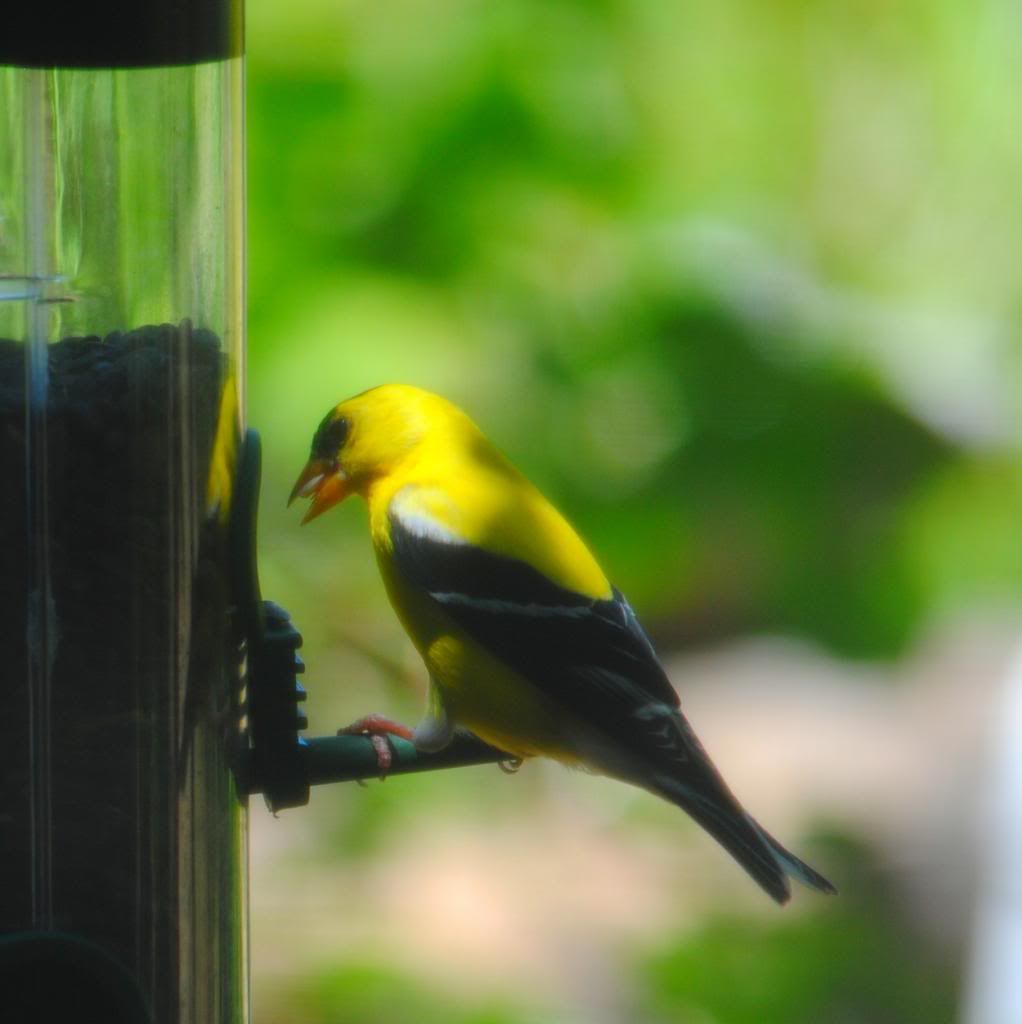

Peanuts - keep
blue jays from intimidating smaller birds by serving peanuts in a separate
feeder. The jays will focus on that feeder and be less aggressive overall. Buy
shelled peanuts if you want less mess in your yard
Nyjer (thistle) Seed
- enjoyed by finches and other species that include juncos, spar-rows,
chickadees, and even woodpeckers... use tube feeders with perches at several
levels.
Suet - like
catnip to wood-peckers and nuthatches. ... buy packaged suet cakes, often
infused with seeds and fruits, or purchase raw suet from a local butcher. The
birds aren't particular.
Cracked Corn -
the fast food of bird feeding - high in calories and inexpensive ...may have
problems with undesirable guests.
Mixed Birdseed -
quality counts when choosing a wild birdseed mix... look for a high percentage
of sun-flower seeds and peanuts. Don't buy cheap mixes that contain milo, wheat,
red millet, or grain by-product.
(While the photos in
this article are mine, the content is from Benton County Master Gardeners'
October Newsletter, used with permission. If you are curious about my
habitat garden and more of the critters that visit, please view my
Gardening
Page!)
;-)
-Marci













 Springfield Time
Springfield Time Melbourne Time
Melbourne Time Auckland Time
Auckland Time
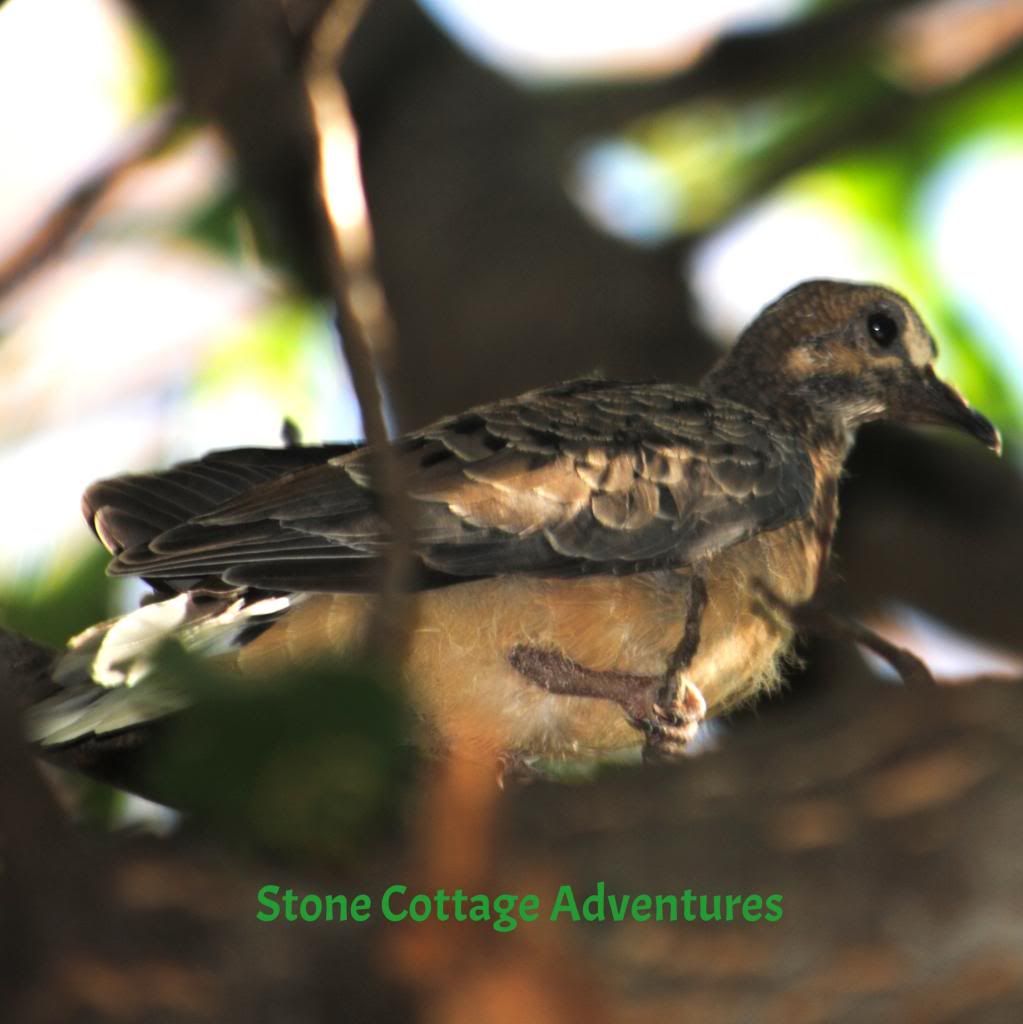
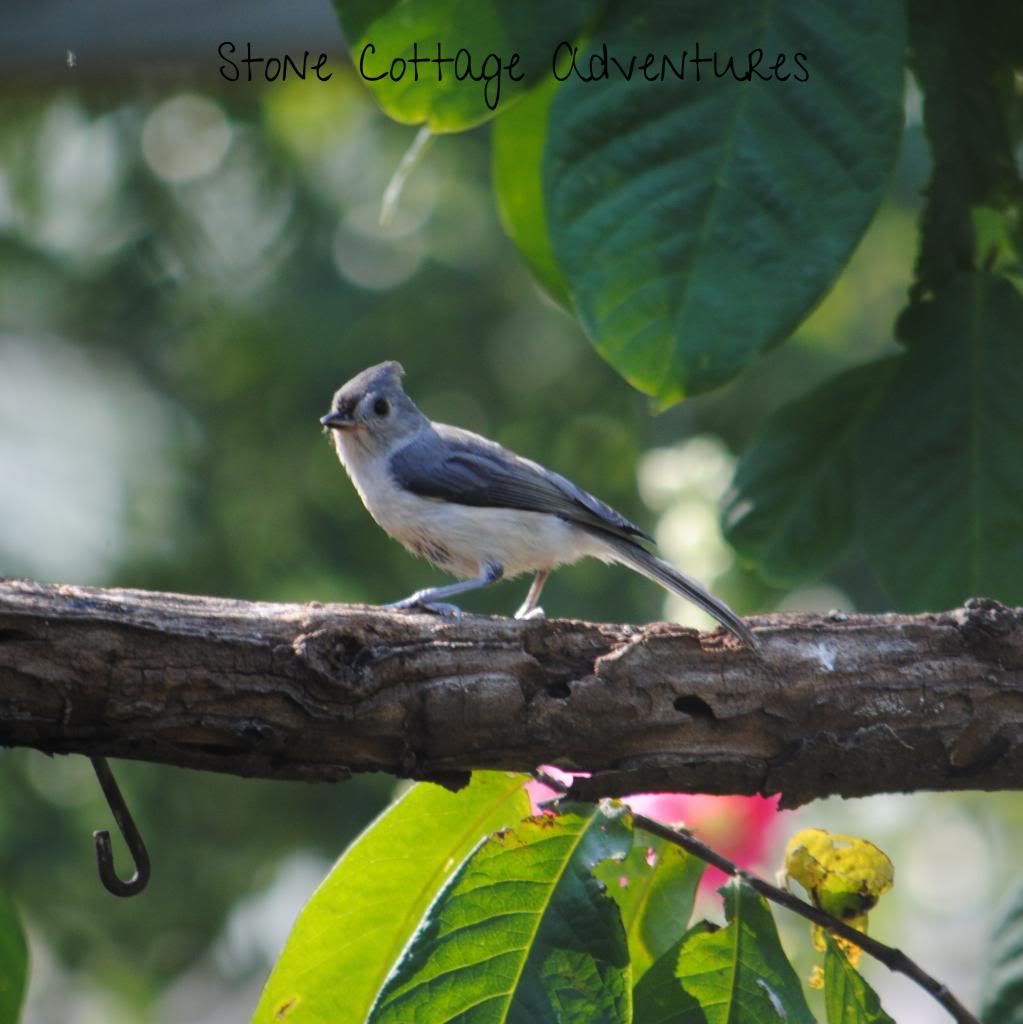

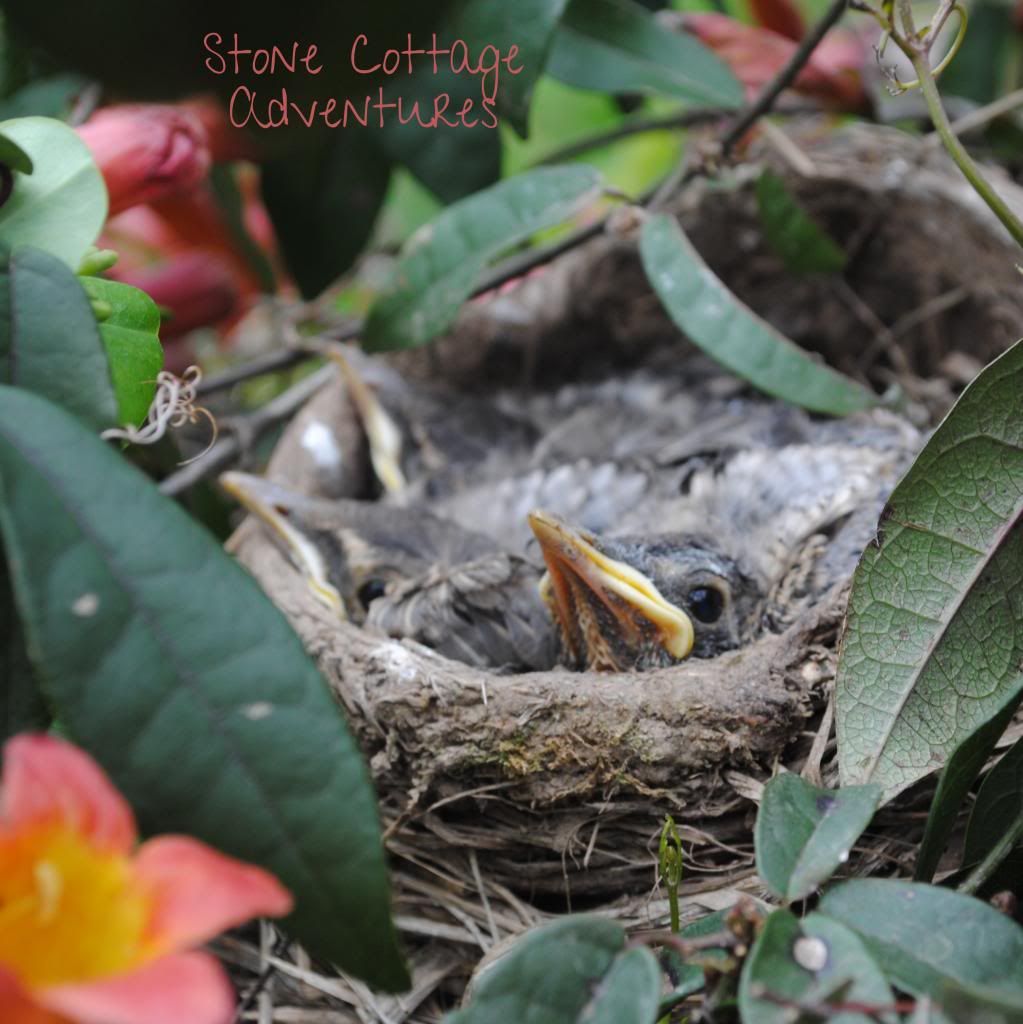
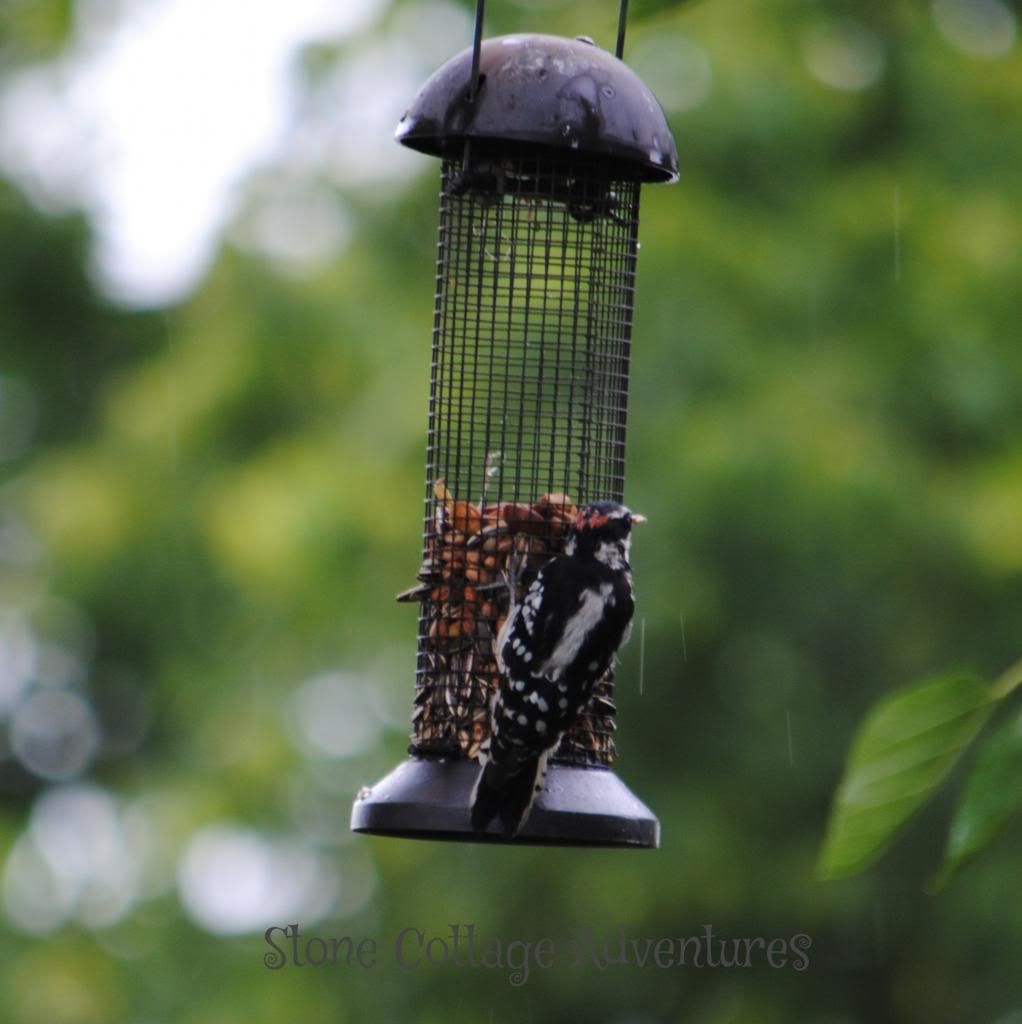

So interesting, Marci. I had no idea you could get certified for providing a sanctuary of sorts for birds and wildlife!! Actually I hadn't realized that if you set your yard up that the birds and animals would actually show up (I know I'm sounding rather clueless right now). These are beautiful photos, thank you for sharing ~ Amy
ReplyDeleteYou are welcome, Amy! Probably the most important thing to do to attract critters is provide a clean, consistent source of water. It's funny how many things come by for a drink! -Marci @ Stone Cottage Adventures
DeleteYour garden is so beautiful and amazing!
ReplyDeleteThank you, Mel! -Marci @ Stone Cottage Adventures
DeleteThis is such great information! I love that you cater to the differing tastes of the birds. My kids love to feed the birds, now I'll be much better informed.
ReplyDeleteThe more diverse the food supply, the more diversity you'll see in the guests that visit! -Marci @ Stone Cottage Adventures
DeleteWhat an excellent post! Great info on birdfeed! I did make the mistake of buying cheap birdseed once and the birds let me know by the mess they left on the ground. Now my birdies only get the best! I love all your wonderful photos!
ReplyDeleteYou are right! They know the difference! -Marci @ Stone Cottage Adventures
DeleteWow Marci your garden is magical! We love our birds too - I need to research our local species and what we can do to attract them better. Awesome post xx Nat
ReplyDeleteThank you, Natalie! We love watching the birds! -Marci Stone Cottage Adventures
DeleteI always love to see your birding posts and pics! I did not know about adding eggshells near feeders! Thank you for the tips!
ReplyDeleteYou're welcome, Danni! -Marci Stone Cottage Adventures
DeleteI have all the same birds in my yard except I haven't seen a Gold Finch. Fingers crossed!
ReplyDeleteStephanie
If you are seeing the others, I bet Goldfinches will come, too! I get super excited over Indigo Buntings. We don't get to see them as often as I would like! -Marci @ Stone Cottage Adventures
DeleteI love these photos and appreciate the tip on what type of bird seed to purchase. Merry Christmas, Marci.
ReplyDeleteThis is such a great post. Thanks for all the info. Visiting from The Dedicated House
ReplyDeleteJocelyn @ http://justalittlesouthernhospitality.blogspot.com/
Sweet. Thanks for sharing at Freedom Fridays.
ReplyDeleteJennifer at HomesteadMania.com
very cool. I'm visiting from Fluster's Creative Muster Link Party.
ReplyDeletehttp://christyscraftycorner.blogspot.com/2013/12/scrap-smashing-monday.html
Do you have a button that say's "I've been ripped off by inspiration cafe"? ... JOKE! it's a joke ... sigh.
ReplyDeleteActually, feeding wild animals is a bit of a bugbear of mine. The problem is that people tend to have the stickability of teflon and when they stop bothering, or move, or forget, or get a promotion etc etc ... animals that have come to rely on 'handouts' suffer.
The other issue is balance. Nature is quite good at achieving it. People, who no doubt feel they're doing a good thing by feeding wild critters may not understand that they may be inadvertently tipping that delicate balance.
It's sad, I know, but the reality is that for any ecosystem to flourish - some animals must perish - yes, I realise that flies in the face of the prevailing P.C wind we are all sailing on, but it's true all the same.
All I'm saying is care should be taken creating wildlife 'havens' by simply handing out food. A far better way would be to eradicate/limit the use of pesticides/herbicides around ya place and planting food plants for native wildlife. Oh, and trade your cat in for a garden gnome ... all the little animals will love you for it.
... course that's just my opinion, feel free to ignore it :)
Paul author of Garden Guests
Hello, Paul! Welcome to the conversation! I'm glad you stopped by and brought so many excellent points to the table, especially the one about house cats! Their hunting skills can wreak havoc on a backyard habitat. I don't know if you've had time to visit the link for National Wildlife Federation or my blog, Stone Cottage Adventures, but you might be surprised just how much in agreement we are. I've visited your blog and loved the photography! It is absolutely stunning. As for your last comment, how could we possibly ignore you? ;-) -Marci @ Stone Cottage Adventures
ReplyDeleteThat's really nice - thanks. Yeah, I'm off to have a look at both ... but don't get me started on 'pet' cats - it won't end well ... :(
ReplyDelete:) take care
Hey, Paul! Welcome back! It's really too bad that you and I live on opposite sides of the planet. We could have spirited debate about my house cat! ;-) BTW... I am careful to keep her inside, but she sits in the window twitching her tail ready to pounce. -Marci @ Stone Cottage Adventures
Delete